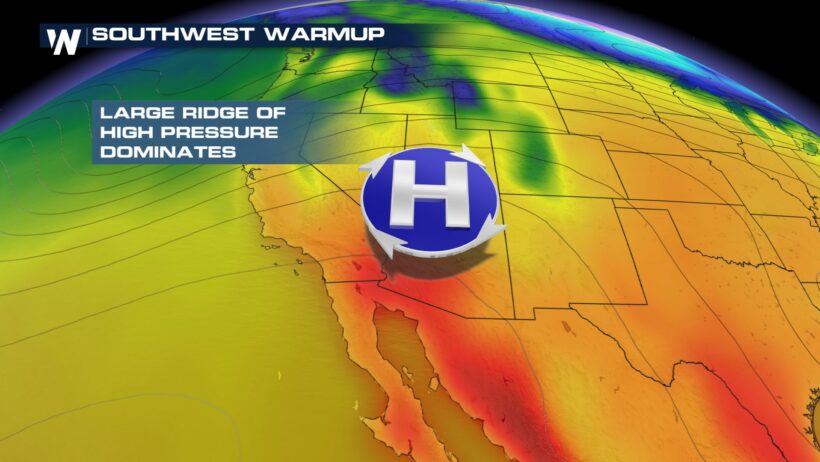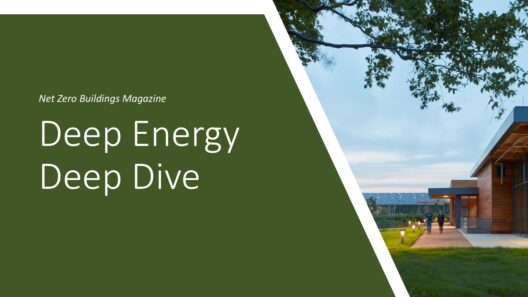The Southwest region of the United States, marked by its expansive deserts, striking mountains, and arid landscapes, boasts a climate that is as diverse as it is dramatic. It is a realm where desert heat engages in a balletic embrace with mountain breezes, creating a distinctive atmospheric tapestry that reflects both beauty and challenge. Understanding this climate is crucial for appreciating its unique characteristics, consequences, and the urgent environmental issues it faces.
Desert climates are often synonymous with the Southwest, characterized by low annual precipitation, vast temperature fluctuations, and relentless sunshine. In this arid expanse, the skies seem to render the sun into an omnipresent deity, illuminating the barren land below. The deserts, such as the Mojave and Sonoran, are defined by their scorching summer temperatures, often surpassing 100°F (38°C). These temperatures create a stifling atmosphere where the air shimmers like a mirage, distorting reality in the distance.
Yet, the heat of the day gives way to the chilling embrace of night. This diurnal temperature variation is among the most extreme on the planet, showcasing the desert’s ability to transition from inferno to icebox in mere hours. As the sun dips beyond the horizon, the absence of humidity allows for an astonishingly rapid drop in temperature, which can fall to as low as 50°F (10°C) or even colder in the higher elevations. This shift not only exemplifies the paradox of desert climates but also showcases the resilience of life that has adapted to such conditions.
To understand the allure of the Southwest climate, one must delve into the majestic mountain ranges that punctuate the landscape. The Rockies and the Sierra Nevada rise triumphantly from the arid plains, welcoming cool, crisp breezes that dance down their slopes. These mountains serve as both guardians and temperers of their environment, creating microclimates that contrast sharply with the surrounding deserts. As one ascends in elevation, the temperature plummets, vegetation flourishes, and ecosystems undergo fascinating transformations.
One cannot help but marvel at the ecological diversity that unfolds in the shadows of these formidable peaks. The arid lowlands give way to coniferous forests and alpine meadows, teeming with life. Species that may appear incongruent with desert life find sanctuary in the cooler elevations. This juxtaposition of ecosystems underscores the importance of elevation and geography in shaping Southwest climate dynamics.
Furthermore, the interplay between desert heat and mountain breezes is more than a simple climatic juxtaposition; it embodies an intricate dance of moisture and air currents. As warm air rises from the desert floor, it cools and condenses as it ascends the mountains, contributing to sporadic rainfall patterns that nourish the flora on the slopes. This phenomenon creates a unique climatic interface where the air becomes a sculptor, molding the very landscape through erosion and sedimentation.
Ironically, despite their natural beauty and diversity, these ecosystems face unprecedented challenges from climate change. The increasingly erratic weather patterns and prolonged droughts threaten the delicate balance that sustains both desert and mountainous regions. The once-reliable seasonal rains have become sporadic, and the heat has intensified, exacerbating wildfires and endangering plant and animal life alike. As the earth warms, the desert seems to expand, encroaching upon once-thriving habitats.
Amidst this stark landscape of heat and wind, there exists striking beauty. Sunsets in the Southwest are legendary, painting the skies in hues of fiery orange and violet, a vivid reminder of nature’s artistry. The cacti stand tall like sentinels against the illuminated horizon, their silhouettes outlined by the fading light. This scenery, however, masks a severing truth; each resplendent moment is a fragile stitch in the broader narrative of a changing climate.
Moreover, the cultural heritage of the Southwest is steeped in this unique climate. Indigenous peoples have long adapted to and respected the rhythms of nature, navigating the challenges presented by both desert and mountain environments. Their traditional practices hold vital lessons about sustainable living and resilience, illustrating the need for a symbiotic relationship between humanity and its environment. Acknowledging this heritage is essential for fostering a holistic understanding of the Southwest climate.
As we gaze upon the vast expanse of the Southwest, we are reminded that its climate is not merely a backdrop; it is a vital component of our planet’s ecological tapestry. Each gust of wind, each radiant ray of sunlight, is a reminder of nature’s duality—strength and fragility, heat and coolness, life and desolation. The Southwest calls us to preserve and protect this fragile equilibrium amidst the looming specter of climate change.
In conclusion, the climate of the Southwest region, with its inherent contradictions of desert heat and mountain breezes, offers not only a feast for the eyes but also a case study in environmental resilience and vulnerability. From the arid deserts to the lofty peaks, each aspect of this landscape paints a picture of the complex relationships between climate, ecology, and culture. As stewards of the earth, we must engage with this narrative, striving to protect and sustain the awe-inspiring beauty that defines the Southwest for generations to come.







